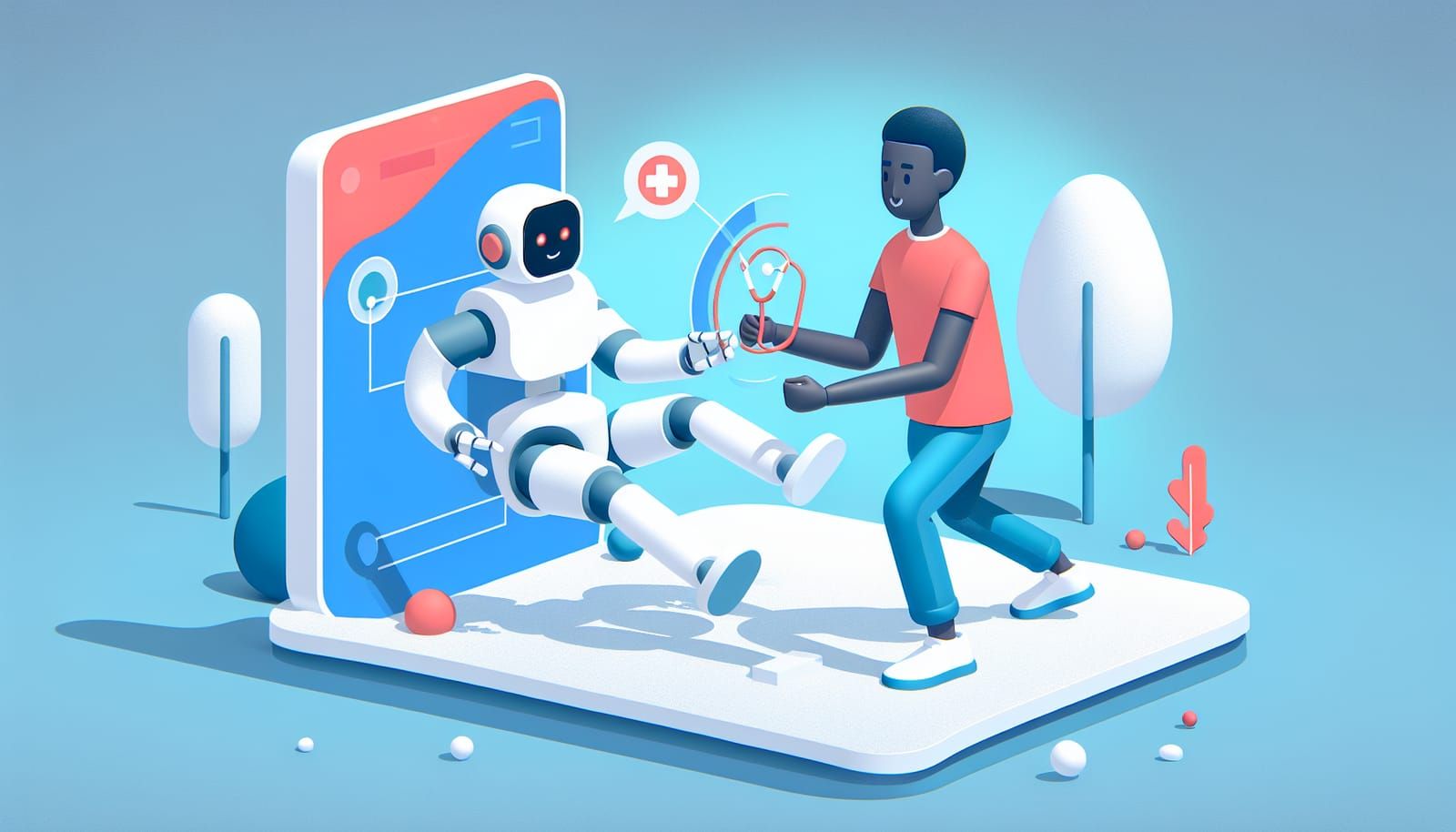As we stand at the crossroads of technology and humanity, one question looms large: Can artificial intelligence (AI) learn ethics? Imagine a world where machines not only perform tasks but also understand the difference between right and wrong, just like us. This article will explore the fascinating journey of teaching machines ethics, the challenges involved, and the potential benefits of creating ethical AI.
What is AI and How Does it Work?
Before diving into the ethical dimensions of AI, let's establish a basic understanding of what AI is. At its core, artificial intelligence refers to computer systems that can perform tasks that normally require human intelligence. These tasks include things like recognizing speech, playing chess, or even driving a car. AI works by processing large amounts of data, recognizing patterns, and making decisions based on that information.
For instance, when you talk to a virtual assistant like Siri or Alexa, the AI uses algorithms to understand your words and respond appropriately. It learns from previous interactions, gradually improving its ability to serve you better. This ability to learn and adapt is what makes AI so powerful.
The Importance of Ethics in AI
Ethics is the study of what is right and wrong. In our daily lives, we depend on our moral compass to guide our decisions, whether it's helping someone in need or telling the truth. But how do we instill these values in machines?
The importance of ethics in AI cannot be overstated. As AI systems become more integrated into our lives—driving cars, making medical decisions, and even managing finances—they need to be guided by ethical principles. Without this guidance, there's a risk of unintended consequences. For example, if an AI system is designed to maximize profits without considering ethical implications, it might engage in harmful practices.
Teaching Machines Right from Wrong
So, how do we teach AI about ethics? The process is complex and involves several approaches:
Rule-Based Systems: One way to teach ethics is through rules. These systems are programmed with specific guidelines that dictate what is considered right and wrong. For example, a self-driving car might be programmed to prioritize human safety above all else.
Machine Learning: Another approach involves machine learning, where AI systems learn from data. By training AI on datasets that include ethical scenarios, we can help it recognize ethical dilemmas. For instance, if an AI is trained on medical data that includes cases of patient care, it can learn to prioritize patient well-being.
Human Feedback: A crucial aspect of teaching ethics to AI involves human feedback. By allowing humans to review and provide input on AI decisions, we can guide its learning process. This method is often employed in developing AI for customer service, where human operators can correct AI responses.
Ethical Dilemmas in AI
Despite our best efforts, teaching ethics to AI is fraught with challenges. One of the most significant issues is the ambiguity of human ethics. Different cultures and societies have varying beliefs about what is right and wrong. For example, a decision that is ethical in one culture may be considered unethical in another. This presents a dilemma for AI developers: which ethical framework should be used?
Moreover, AI systems can inadvertently reinforce biases present in their training data. Imagine an AI that is trained on a dataset that reflects societal biases against certain groups. Without careful oversight, the AI might perpetuate or even amplify these biases, leading to unfair outcomes.
The Future of Ethical AI
Despite the challenges, the future of ethical AI holds great promise. As AI technologies continue to evolve, so too will our understanding of how to instill ethical principles into these systems. Here are a few exciting developments on the horizon:
Collaborative AI: Researchers are exploring ways for AI systems to work alongside humans in ethical decision-making. By combining human intuition with AI's data processing capabilities, we can achieve better outcomes.
Transparent AI: There's a growing movement towards making AI systems more transparent. By understanding how AI makes decisions, we can hold these systems accountable and ensure they align with our ethical standards.
Global Collaboration: As AI becomes a global phenomenon, international cooperation will be crucial. Organizations and governments are beginning to work together to establish guidelines and standards for ethical AI.
The Role of Education in Ethical AI
To foster a future where AI can learn ethics, it is essential to educate the next generation of AI developers, users, and policymakers. This involves incorporating ethical considerations into STEM (Science, Technology, Engineering, and Mathematics) curricula. By teaching students about the ethical implications of technology, we can empower them to make responsible choices in their careers.
Furthermore, public awareness is crucial. As AI continues to permeate our lives, individuals must understand the ethical implications of the technologies they interact with daily. This knowledge will help consumers make informed choices and advocate for ethical practices in the tech industry.
Conclusion: A Collective Responsibility
As we venture into the realm of AI and ethics, it's clear that teaching machines right from wrong is not just a technical challenge; it's a societal responsibility. By working together—developers, educators, and users—we can shape a future where AI systems are not only intelligent but also ethical.
The journey may be complex, but the potential rewards are immense. Imagine a world where AI enhances our lives while upholding our values. With continued research, collaboration, and education, we can turn this vision into reality. The path to ethical AI is not just about machines learning ethics; it's about us, as a society, learning to integrate technology with our moral compass.
In this exciting age of technology, let’s embrace the challenge and opportunity to teach AI the ethics it needs to thrive and serve humanity.
By understanding AI and the importance of ethics, we can pave the way for a future that harmonizes technology and morality, creating a better world for all.


